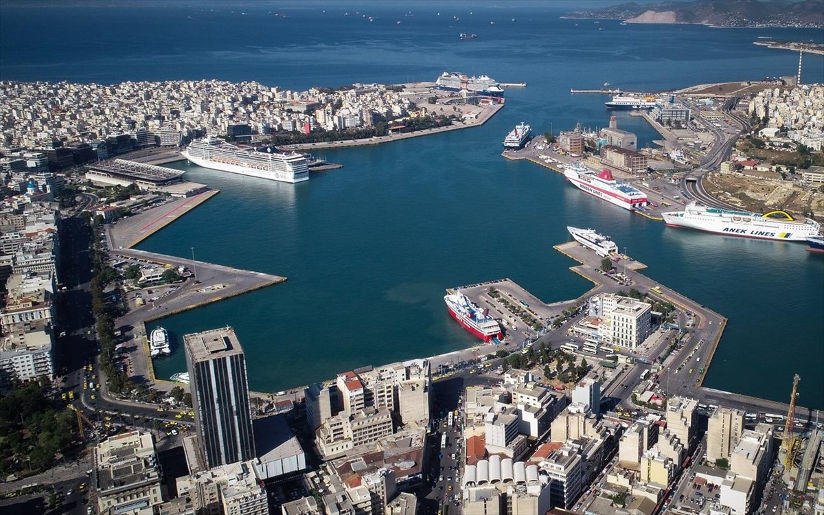The Port of Piraeus is a major industrial and commercial centre of Greece. It is one of the largest passenger and commercial ports of the Mediterranean and a major commercial gateway from Asia to Europe. It lies on the Saronic Gulf on the west coast of Attica.
It was established in the 5th century BCE and was the focus of Athens’ entire import and export trade. After the victorious naval battle of Salamis (480 BCE), it was fortified and joined with Athens by the Long Walls, two parallel walls seven kilometres long and 174 meters between them, and designed to secure the communication between Athens and its port. From the 3rd century BCE, the port gradually began to decline but emerged once again in the 19th century with the foundation of the modern Greek state.
Piraeus, the historic port city just southwest of Athens, is Greece’s largest port and one of the busiest maritime hubs in Europe. Serving as the primary gateway to the Greek islands, Piraeus has a rich history that dates back to ancient times, when it served as the main port for classical Athens. Today, Piraeus blends its ancient heritage with a lively, modern character, offering visitors a mix of cultural landmarks, bustling markets, and scenic seaside promenades.
The heart of Piraeus is the port area, divided into different harbours, each with its distinct atmosphere. The main port is where ferries and cruise ships connect to destinations across the Aegean, while Zea Marina (Pasalimani) is a popular spot for luxury yachts and waterfront dining. Nearby is Mikrolimano, a charming, crescent-shaped harbour known for its seafood restaurants and vibrant nightlife, where locals and visitors gather to enjoy fresh seafood, scenic views, and lively ambience.
Piraeus is also home to important cultural sites, including the Archaeological Museum of Piraeus, which houses artefacts from the city’s ancient past, and the Hellenic Maritime Museum, which highlights Greece’s storied naval history. The Piraeus Municipal Theatre, a stunning neoclassical building, stands as a testament to the city’s cultural significance and regularly hosts concerts and performances.
Gastronomy of Piraeus
Piraeus is known for its rich culinary offerings, particularly its seafood, thanks to its proximity to the sea and its long-standing role as a fishing port. Fresh fish, octopus, and calamari are common staples on local menus, often simply grilled with olive oil and lemon. Kakavia, the Greek fisherman’s soup, is a local speciality, offering a warm, hearty blend of fish, tomatoes, onions, and potatoes.
Piraeus also has a strong tradition of mezes (small plates), which include dishes like saganaki (fried cheese), grilled sardines, marinated anchovies, and Greek-style dips like tzatziki and taramosalata. These dishes are often enjoyed with ouzo or tsipouro at traditional tavernas, especially in Mikrolimano and Zea Marina, where many restaurants serve freshly caught seafood against the scenic backdrop of the harbours.
The city’s multicultural history also contributes to its diverse culinary landscape, with influences from across Greece and the Mediterranean. Dining in Piraeus offers a taste of Greece’s maritime heritage and traditional flavours, all enjoyed in a setting that reflects both the history and modern energy of this bustling port city.
Photo: m.naftemporiki.gr




